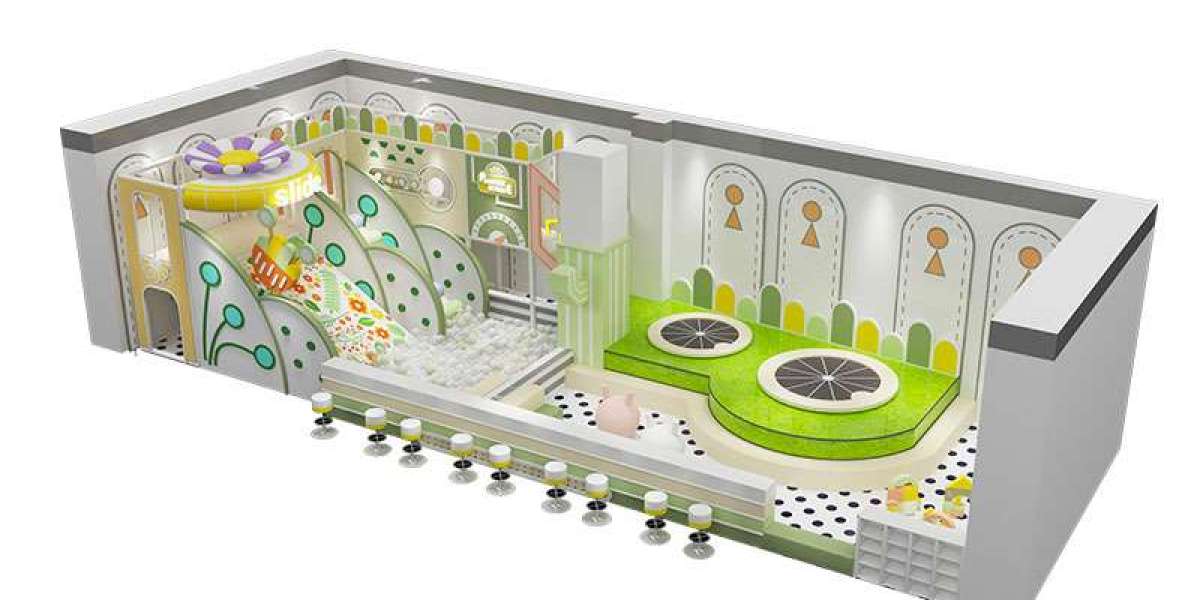What Is a Hard Drive?
A hard drive is a data storage device used in computers to store and retrieve digital information. It plays a critical role in a computer's performance by providing permanent storage for the operating system, software applications, and user files. Hard drives come in different types and capacities, each suited to various tasks and user needs.
Though solid-state drives (SSDs) are becoming more popular due to their speed, traditional hard disk drives (HDDs) are still widely used for their affordability and larger storage capacities.
Types of Hard Drives
There are two primary types of Hard Drives: Hard Disk Drives (HDD) and Solid-State Drives (SSD). Each type offers unique advantages and functions depending on user requirements.
Hard Disk Drives (HDD)
HDDs have been the standard for decades. These drives use spinning magnetic platters to store data, which is read and written by an actuator arm. Their mechanical nature makes them slower than SSDs but much more affordable when considering larger storage capacities. HDDs are commonly used for storing large amounts of data, such as backups, multimedia files, and general-purpose computing.
One of the key benefits of HDDs is their high storage capacity, often reaching up to several terabytes (TB). They are ideal for users needing significant storage without high-speed access, such as for archiving files or secondary storage.
Solid-State Drives (SSD)
SSDs are the more recent development in storage technology. They use flash memory to store data, which eliminates the need for moving parts and results in much faster data access speeds. SSDs are known for their durability, speed, and efficiency, making them ideal for operating systems, applications, and high-performance tasks like gaming or video editing.
While SSDs are more expensive than HDDs in terms of price per gigabyte, they have become more affordable in recent years. Their superior speed and reliability make them a preferred choice for primary storage in modern computers.
How Hard Drives Work
The primary function of a hard drive is to store data persistently, meaning that it retains information even when the computer is powered off. In HDDs, data is stored magnetically on the platters, and the actuator arm moves across these platters to read or write information. SSDs, on the other hand, use memory chips to store data in cells, allowing much faster access without the mechanical delays of HDDs.
When a user saves a file or installs software, the hard drive records the data in a particular location on its storage medium. The data is then indexed, so when the computer needs to retrieve it, the hard drive can quickly locate and deliver the information.
Capacity and Performance
Hard drives are available in various storage capacities, typically measured in gigabytes (GB) or terabytes (TB). HDDs usually offer larger capacities at a lower price, with models commonly ranging from 500 GB to 16 TB or more. SSDs are generally smaller in size, with capacities ranging from 250 GB to 4 TB, although higher-capacity SSDs are available at premium prices.
In terms of performance, SSDs are significantly faster, especially for booting up the operating system and accessing frequently used applications. HDDs, while slower, are still sufficient for storing large amounts of data that don’t require rapid access.
Conclusion
Hard drives are essential components in modern computing, providing the necessary space for storing everything from operating systems to personal files. Whether opting for the affordability and large storage of an HDD or the speed and reliability of an SSD, hard drives remain critical for both everyday users and professionals. Understanding the differences between these storage devices helps users choose the right solution for their computing needs.



